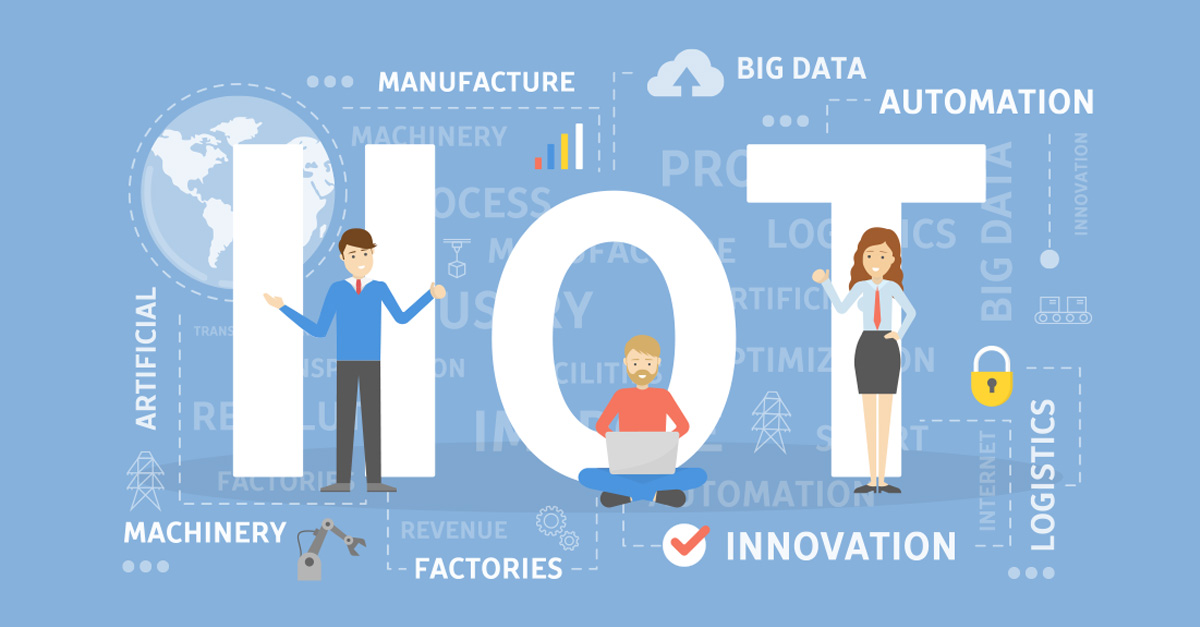What does CFX mean? Having been something of an ambassador for the IPC Connected Factory Exchange, CFX, for the last couple of years, I am often asked questions about why Aegis took a leading role in the development of this unique standard that benefits the entire industry. It is pointed out that with CFX technologies, manufacturers can take detailed data directly from machines, more easily than ever before, and create their own MES system. Are we mad?
Of course, there will be many smaller companies, with perhaps just one production line and no critical manufacturing objectives, that will motivate, for example, a local student in just a couple of days to set up an AMQP router, and create some simple dashboards that provide a degree of visibility across the operation. It is intentional that CFX is relevant and applicable to companies of all sizes within the industry. Though there is value in the direct and simple approach, it will soon become obvious that in order to make real use of CFX data, there has to be a layer of digital MES that provides context.
There is a fundamental realization in manufacturing, related to the level of awareness that individual machines and processes have within their environment. Seeing a report generated from any stand-alone machine on the shop-floor, it is immediately clear that around 80% of the data is actually of very little value. The machine can only qualify data for events that have originated within the machine, whereas most events that impact machine performance are created or influenced externally, including for example, the delivery of materials, stoppages caused by upstream or down-stream processes, and planning issues including poor changeover management etc. With the vast majority of companies in the west these days producing in a high-mix, low-volume scenario, the time that any machine is performing is a lot less than half the available time. Analysis of the working time of any machine is therefore far less significant and important as compared to the time that the machine is not running, through no fault of its own.
This has been the experience of Aegis over the last 20 years, as this issue has evolved within the industry in a stealth-like manner. It is no surprise to read that even German companies continue to see a decline in productivity, even after the invention of Industry 4.0. Recognizing the growing, and yet understated need, Aegis realized that to bring live context to machine data was critical for any operation looking to succeed against challenges of mix and volatility within their production operations. A whole new software architecture, taking advantage of the latest technologies, such as IIoT, would be needed in order to go beyond providing the simplistic layer of visibility. The FactoryLogix platform was born, created from scratch, with a modern architecture and software technology, specifically to be able to process complex live data from every possible data source within a factory, and to create values from visibility, such as decision-making for Industry 4.0 application, and meaningful analytics. As far as we are aware, all other software solutions for manufacturing are still founded upon architecture and code-bases that date back 10 years or more, even back to the last century, and as such, these systems will always struggle to keep up with modern technologies.
With FactoryLogix in place, more value can be made from existing legacy machine interface connections than ever before. We knew however that the challenge would continue to be to get more comprehensive and consistent information from each of the myriad of machine types, each from many differing machine vendors, to then combine that data with detailed knowledge of each digital product model, production configuration, tools, as well as material and quality management. Further value creation would not just be a matter of obtaining a greater quantity of data from machines. Several established standards already attempt to provide a common method to transport data from machines. The critical missing piece however has been the definition of the data content. In terms of legacy data acquisition, one machine vendor would, for example, provide data “A”, “B” and “C”. Another vendor of a similar machine may provide “a”, “b” and “d”. Only the first two pieces of data are common between the two, the others, almost useless. Even then, the first two pieces of data, though in principle the same, are actually expressed in differing ways, illustrated by the use here of the upper and lower case, that often include a difference in precise meaning. The approach to CFX was that data from all types of machines from all vendors, must adhere to a common message and data definition. All of the data can then be utilized reliably. FactoryLogix is the first, and so far, only, digital MES system available, specifically designed for such IIoT-based data processing, with CFX as the technology that enables plug and play integration, with full data content definition that satisfies the highest levels of expectation.
When it comes to researching and evaluating software solutions for Industry 4.0 applications, there is really nothing to compare. Traditional “wish-lists” of MES-like features, do little to discover the real values that a true digital IIoT-driven MES solution provides. A whole new list and expectation is needed.
For anyone currently considering investment in a modern digital manufacturing solution, inclusive of any form of discrete assembly manufacturing, it is imperative that expectations and requirements are redefined in the light of this new IIoT platform based digital MES technology, that is set to genuinely drive the Industry 4.0 Smart factory revolution. We are here to help. Please contact us to help review your challenges, opportunities and requirements, as we write the new book on digital manufacturing with FactoryLogix the CFX meaning.
Sign up for our blog
Stay up-to-date on the latest in manufacturing trends, insights and best practices.





